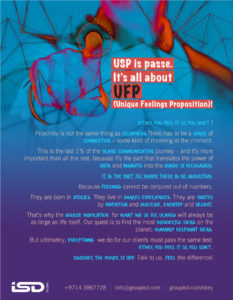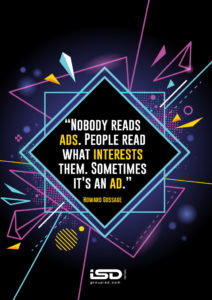We are guilty of it. And fall prey to it as well. And in our perennial desire to conform, comply, adhere, fit in and all of that, ensure that we use the same lexicon that have become common place.
You don’t need to be talking about a mega merger or acquisition to throw the word ‘ synergy ‘ about loosely, only to be caught by an unsuspecting tribe of colleagues and business partners. Way back in the 1600’s when the word synergy first came to prominence, the meaning it meant to echo was ‘ human will meets divine grace ‘- that was an understandable intersection. Over time(and this is what happens to a lot of the ‘ jargon ‘ where the meaning gets changed or diluted), synergy seems to be a completely different animal. Leaving you wondering if you are in sync at all!
Lets perch tent on another jargon speak: ‘ Touch Base ‘. I am not sure if it is very evident that the coinage emanated from American Baseball, but that is the fact of the matter.In baseball, players must touch each of four bases in order to score a run. The prevailing hypothesis is that the phrase “touch base” is a reference to this sport. Touch base means to make contact with someone. Though the sport is nowhere close to being played outside the Americas, the jargon has transcended boundaries. And if you were to read between the lines, the phrase ‘ touch base ‘ would unravel suspicious interpretations. After all, we are at the height of the #MeToo movement. Now we will touch base on another phrase.
‘ Out of the box ‘. The game where connecting the nine dots using no more than 4 straight lines was the origin of this. And to do that you had to go out of the box, extend the line beyond the grid to make sure the connection happens. You couldn’t achieve it by being inside the box. It’s altogether another matter that the phrase itself has become so common place that routine and the mundane have also been crowned as ‘ out of the box ‘ and people are comfortably getting away with it. Another example of a jargon losing meaning or getting diluted in value over time.
Perhaps the flexibility and the fluidity of the English language inspires such lexicon. And over time(through imperialism and colonisation), English is the most used business language ( bidding au revoir to Latin and French).
And charity begins at home. In our meetings at ISD Global its very common to hear words like ‘ recalibrate ‘ ( yours truly is the guilty party here) and we are no way close to discussing anything about a vernier calliper or the way it measures.
There are other ‘ low hanging fruit ‘(yes that’s another one) in the basket among several others and we can leave it to the power of euphemisms and metaphors to play its part to get to be ‘ on the same page ‘ and then ‘ sing from the same hymn sheet ‘.
The linguist will never languish!
ENDS
groupisd.com/story
brandknewmag.com
brandknew.groupisd.com
weeklileaks.com


